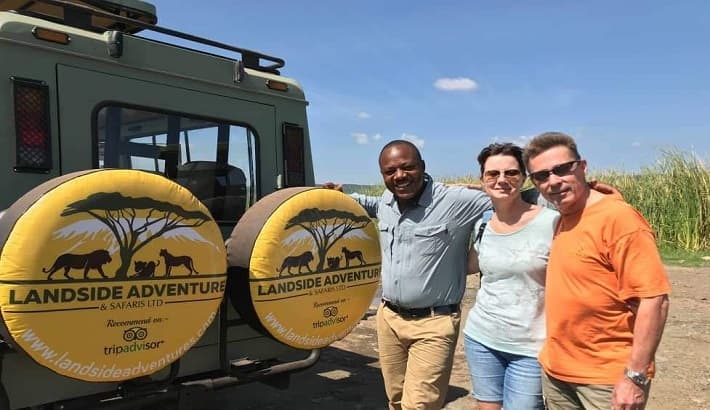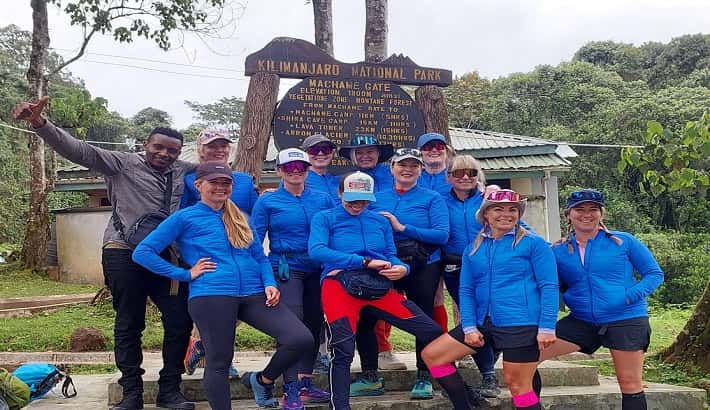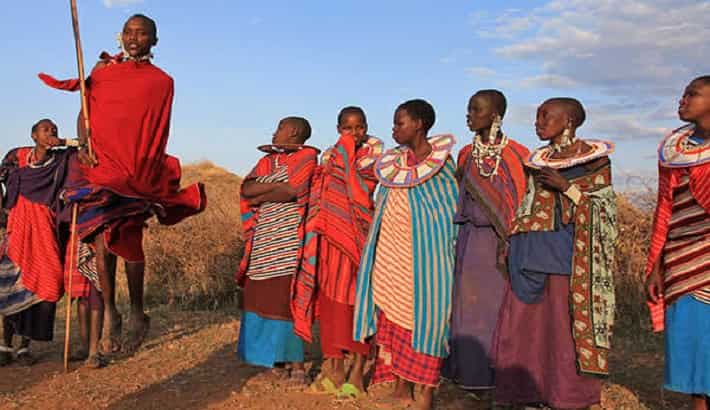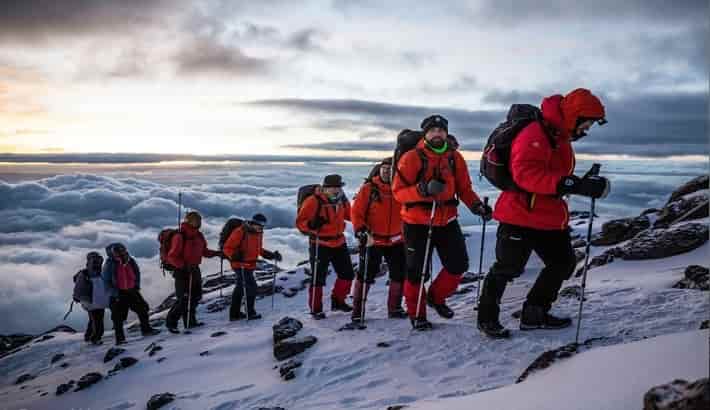
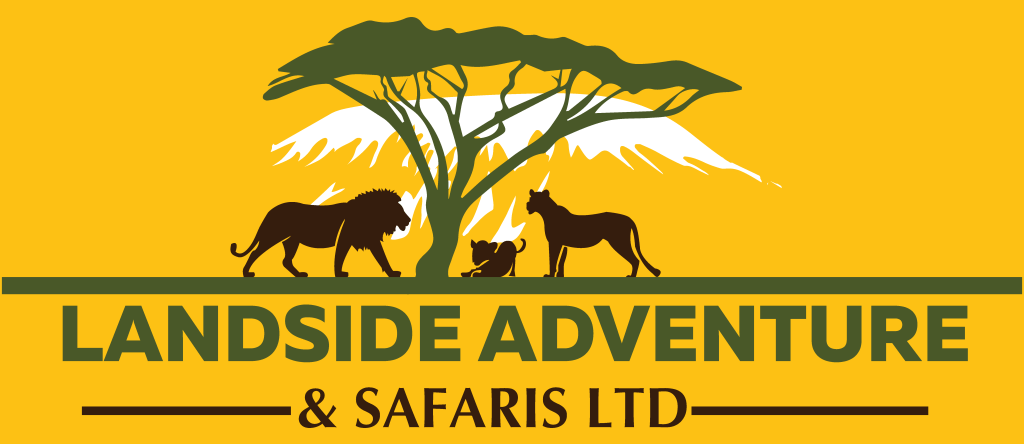
Chat on Whatsapp
-
+255 752 633 454
Planning a Safari in Tanzania
Planning a Safari in Tanzania
Planning a Tanzanian safari can be a daunting prospect at first glance, Figuring out when to visit, which parks to include, where to stay, and how long to spend in each location can be a stressful task, but we’re here to help.
This guide to planning your safari in Tanzania should give you plenty of inspiration for planning your dream trip, and you can always contact one of our safari experts to help make your plans a reality.
When to Plan a Tanzania Safari
Deciding which time of year to visit Tanzania can have a huge impact on not only which parks you should visit and what you will see on safari, but also on pricing.
Calving Season – December to March
Named for the calving season of the annual Wildebeest Migration, the calving season extends from December through until March and is most notable for the presence of the Wildebeest Migration in the Ndutu region of the Serengeti.
At this time of year, tens of thousands of baby Wildebeest take their first steps and the herd remains in Ndutu to feed until it is time to head north.
While hotels can be hard to find over Christmas and New Year’s, the calving season is nonetheless a fantastic time to visit Tanzania.
Crowds are not as high as they are in peak season, but the weather is good and the guarantee of seeing the Wildebeest Migration in Ndutu makes it a great time to visit.
Highlights: Seeing the Wildebeest Migration calving season in Ndutu.
Drawbacks: Expensive lodges around Christmas and New Year’s.
Green Season – April and May
The rainy season might not seem like a great time to go on a Tanzanian safari, but the lower crowds mean you’ll have access to luxury lodges at a greatly reduced rate.
While tented camps and camping are not ideal in wet conditions, luxury lodges such as Serena, Sopa, and the Four Seasons are all much more affordable in the rainy season.
Highlights: Staying in luxury lodges in Ngorongoro and the Serengeti.
Drawbacks: Rain means tented camps are less than ideal.
Peak Season – June to September
Without a doubt, the most popular time of year to visit Tanzania, June through September is characterized by the movements of the Wildebeest Migration from the Southern Serengeti to the Maasai Mara in Kenya.
For those wanting to see the herd in motion and have the chance to witness a river crossing at Grumeti or the Mara River, this is the best time to visit.
Of course, peak season also means higher prices and more crowds to contend with – but many find that the extra cost and crowds are worth it for the chance to see a Mara River crossing.
Highlights: Chasing the Wildebeest Migration across the Central and Northern Serengeti.
Drawbacks: Larger crowds and more expensive lodges.
Shoulder Season – October and November
Sometimes known as the short rainy season, October and November is another quiet time of year in Tanzania.
With the Wildebeest Migration in the Maasai Mara at this time of year, your chances of seeing the herd are slim.
While lodges aren’t as cheap as they are in the rainy season, there are fewer crowds in the parks.
The weather is also better than in the long rainy season, making it a good time to avoid crowds without having to deal with the rain.
Highlights: Exploring parks such as Lake Manyara, Tarangire, and the Serengeti without crowds.
Drawbacks: The only time of year when the Wildebeest Migration is not likely to be in Tanzania.
Where to Visit on Your Tanzania Safari
Once you have figured out what time of year you’d like to have your safari in Tanzania, it’s time to figure out which parks to include in your trip.
The Must See
No safari to Tanzania would be complete without visiting its two crown jewels: Serengeti National Park and the Ngorongoro Conservation Area.
The Serengeti is one of the world’s most famous wildernesses and plays host to the Wildebeest Migration for much of the year.
The Ndutu region is home to the annual calving season, while the Seronera region of the Central Serengeti is one of the most visited corners of the park due to its big cat population.
The Grumeti Region in the park’s west is home to the often-overlooked Grumeti River crossing each year.
From July through to August, the Northern Serengeti is home to the high drama of Mara River crossings. This area of the park is hugely popular at this time of year.
Ngorongoro Conservation Area
Descending to the floor of Ngorongoro Crater is every bit as iconic as a game drive out on the plains of the Serengeti.
Home to Tanzania’s largest rhinoceros population, Ngorongoro Crater is also a fantastic place to spot lions, elephants, buffalo, hyenas, hippos, and much more.
While it is Tanzania’s most expensive park, its amazing game viewing and its strategic location between the Serengeti and Arusha make it a must-see in any Tanzania itinerary.
The Worthwhile
Ngorongoro and the Serengeti are undoubtedly Tanzania’s most popular parks, but the twin parks of Lake Manyara and Tarangire are also worthwhile additions to your Tanzania safari.
In addition, nearby Lake Eyasi offers an unforgettable cultural experience.
Lake Manyara National Park
Famous for its tree-climbing lions and its variety of birdlife, Lake Manyara National Park is an especially charming park during the rainy season, when its waters are home to wallowing hippos and colorful flamingos.
One of the few places in Tanzania where you can embark on a canoe safari or a night game drive, Lake Manyara is a great stop-off between Arusha and Ngorongoro.
Tarangire National Park
With its distinctive baobab trees and Tanzania’s largest elephant population, Tarangire National Park is one of Tanzania’s most unique parks.
Especially good during the dry season when its population gathers along the banks of the Tarangire River, the park is an excellent place to spot lions, elephants, baboons, giraffes, and zebra.
Lake Eyasi
Many visitors to Tanzania only have 5 – 7 days to spend on safari, but for those with a little extra time, there is certainly plenty to hold your attention.
Arusha National Park
While Arusha National Park cannot boast large mammals such as elephants or predators such as leopards and lions, the park is nonetheless a popular addition to Tanzanian safaris.
The only place in Tanzania where it is possible to have a game drive, a walking safari, or a canoe safari in the same place – Arusha National Park’s lack of predators makes it a charming prospect.
Bird-watchers and fans of primates are in for a treat, as the park is home to birds and monkeys found nowhere else in Tanzania.
Lake Natron
Famous for its volcanic landscape, Lake Natron is also a popular option for those wishing to see Africa’s brightly colored flamingos.
While the area has less wildlife and fewer lodges than other areas of the country, Lake Natron’s proximity to the Serengeti and its unique landscape makes it a popular choice.
Mount Kilimanjaro
Not everybody who visits Tanzania aspires to climb Africa’s highest mountain, Mount Kilimanjaro. But it’s perfectly possible to visit the ‘Roof of Africa’ without having to climb it.
Tours of the nearby town of Marangu offer a nice change of pace for those with an interest in Tanzanian culture, while the more athletic can enjoy a one day guided hike on the mountain.
Where to Stay on a Tanzanian Safari
There are accommodation options for all budgets in Tanzania.
From roughing it out on the plains of the Serengeti in a public campsite to living in the lap of luxury, there’s something for all walks of life.
Camping
For those on a budget or with a thirst for adventure, Landside Adventure & Safaris Company can arrange camping safaris in all of Tanzania’s major parks.
Camping in the Serengeti and the Ngorongoro Conservation Area are especially popular options, and we’ll provide all of the camping equipment as well as a private chef to ensure you’re eating well.
You’ll set up camp in a public area with communal kitchen and bathroom facilities and camp out under the stars.
Budget Lodges
While budget lodges are rarely within the park boundaries, towns such as Arusha and Karatu offer a number of options for those on a tight budget.
Budget lodges offer a comfortable place to sleep without fancy frills.
Some of our most popular budget lodges include Green Mountain Hotel in Arusha and Eileen’s Trees Inn in Karatu.
Tented Camps
For the true Tanzanian safari experience, you can’t look past a traditional tented camp.
Seamlessly blending the comforts of a lodge with the rustic charm of camping, tented camps are an affordable way to live right at the heart of the action.
A tented camp features things such as private bathrooms with hot showers, comfortable double beds, and delicious food.
Our most popular tented camps include Sangaiwe in Tarangire, Serengeti Heritage Tented Camps in the Serengeti, and Savvanah Tented Camps.
Standard Lodges
Offering something a bit more unique than you’ll find in budget lodges, standard lodges offer a memorable night’s stay without breaking the bank.
Usually located on the fringes of the park, they offer a quick way to enter and exit the park without having to pay park fees.
Popular standard lodge options include Country Lodge in Karatu, Planet Lodge in Arusha, Ngorongoro Rhino Lodge, etc
Luxury Lodges
For those wanting something truly memorable from their safari, it’s hard to look past some of Tanzania’s luxury lodges.
From affordable luxury properties such as Serena to exclusive properties like the Serengeti Serena Lodge, Ngorongoro Serena Lodge, Lake Manyara Serena Lodge, Four Seasons Safari Lodge or & Beyond’s Crater Lodge, there are luxury lodges for all walks of life.
Luxury Tented Camps
Similar to a tented camp, a luxury tented camp has all of the trimmings you’d expect in a luxury lodge but with the added charm of being closer to nature.
From the affordable luxury of Angata to more extravagant properties such as Lemala and Mbuzi Mawe, a luxury tented camp is a fantastic way to make your stay in Tanzania a memorable one.
Email Address
info@landsideadventures.com
Call
+255 752 633 454
+255 692 406 444
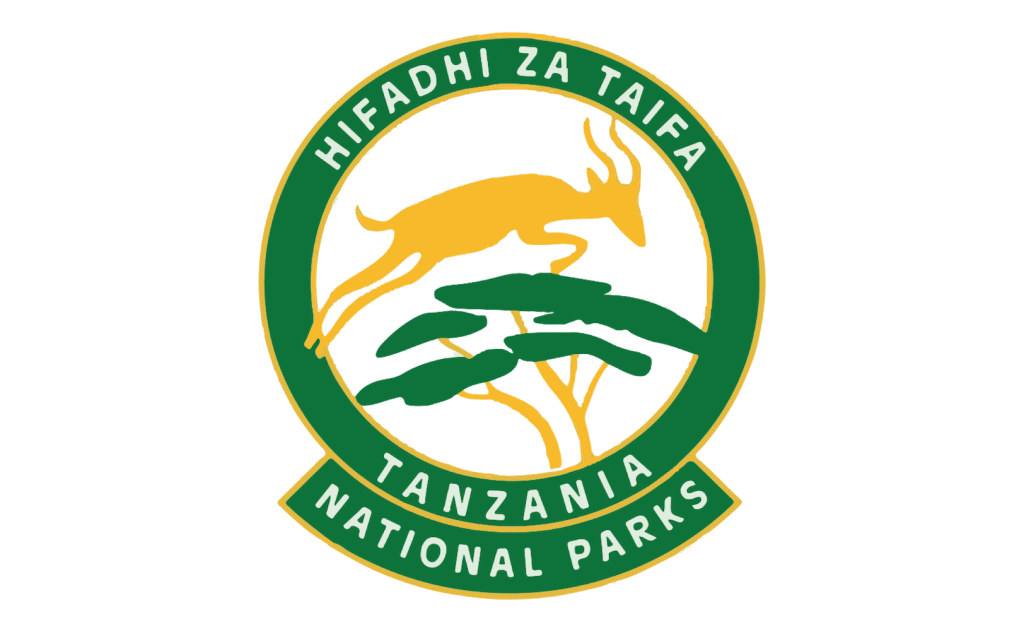
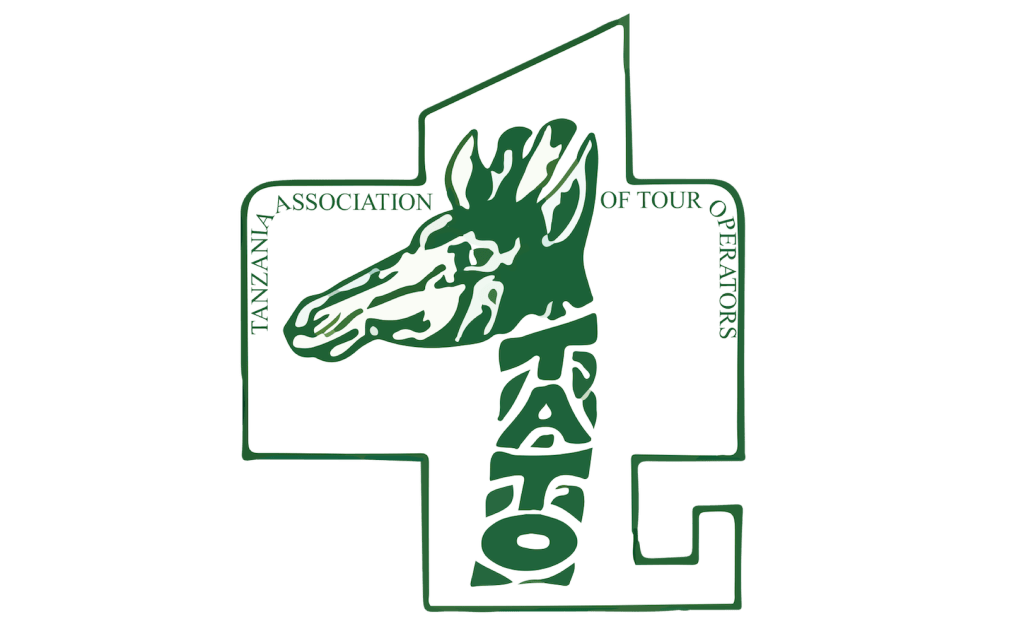
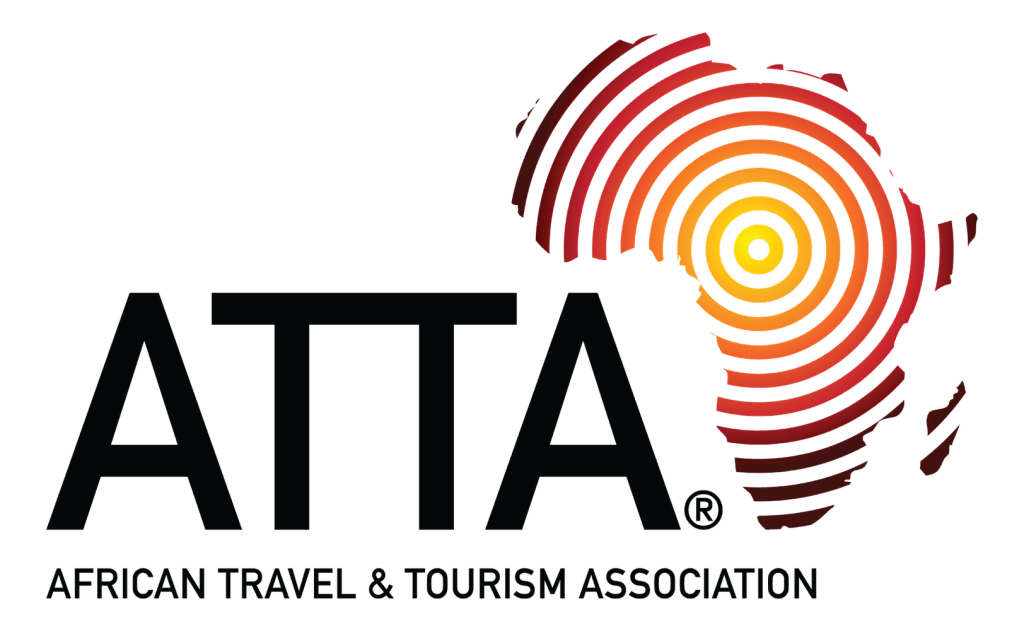
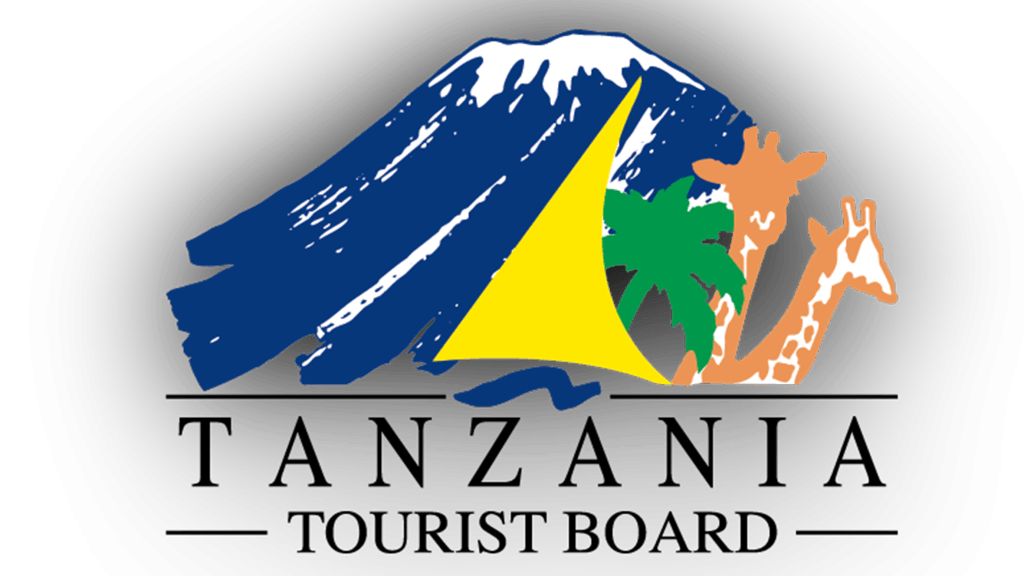
Email Address
info@landsideadventures.com
Call
+255 752 633 454
+255 692 406 444




Email Address
info@landsideadventures.com
Call
+255 752 633 454
+255 784 971 777






